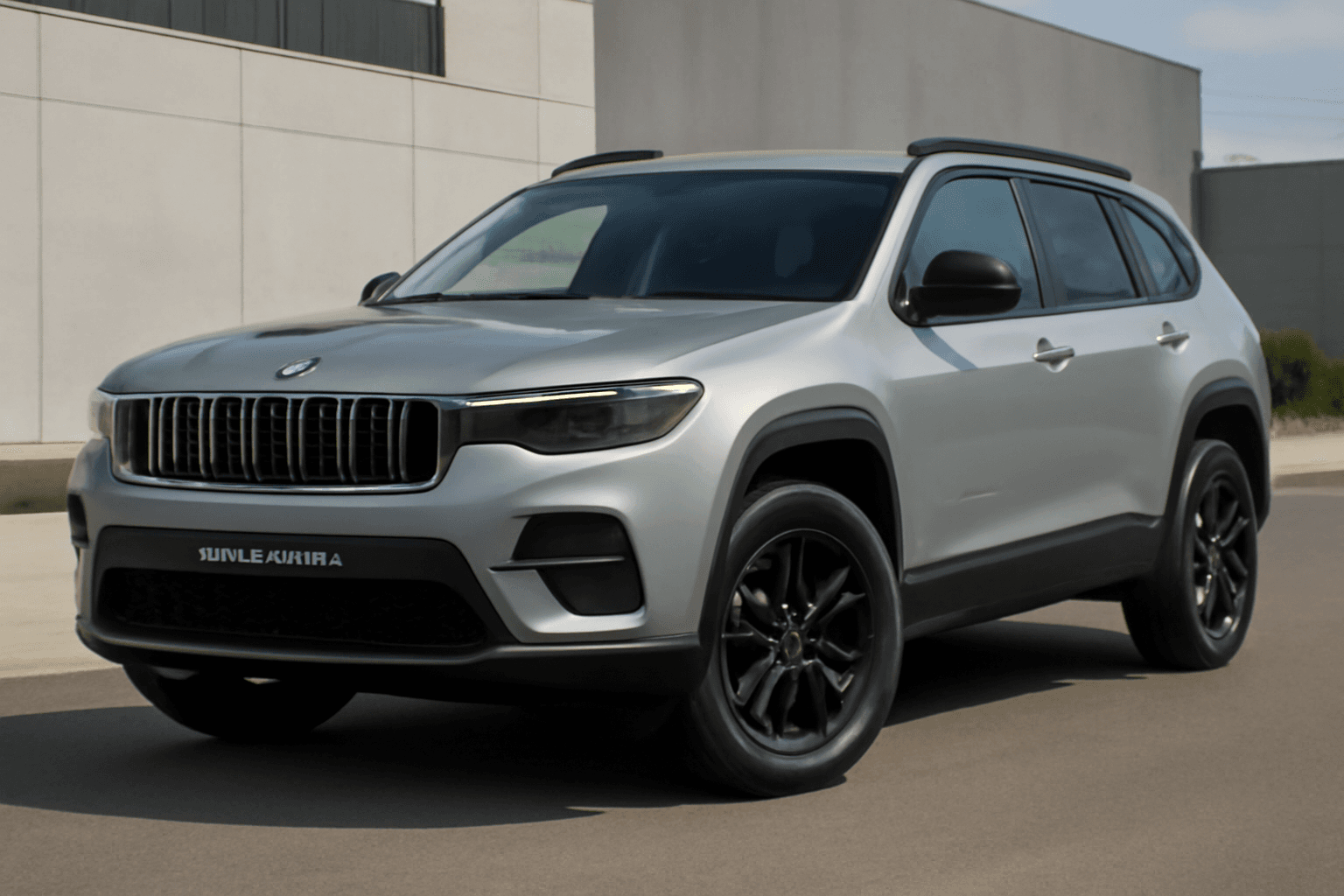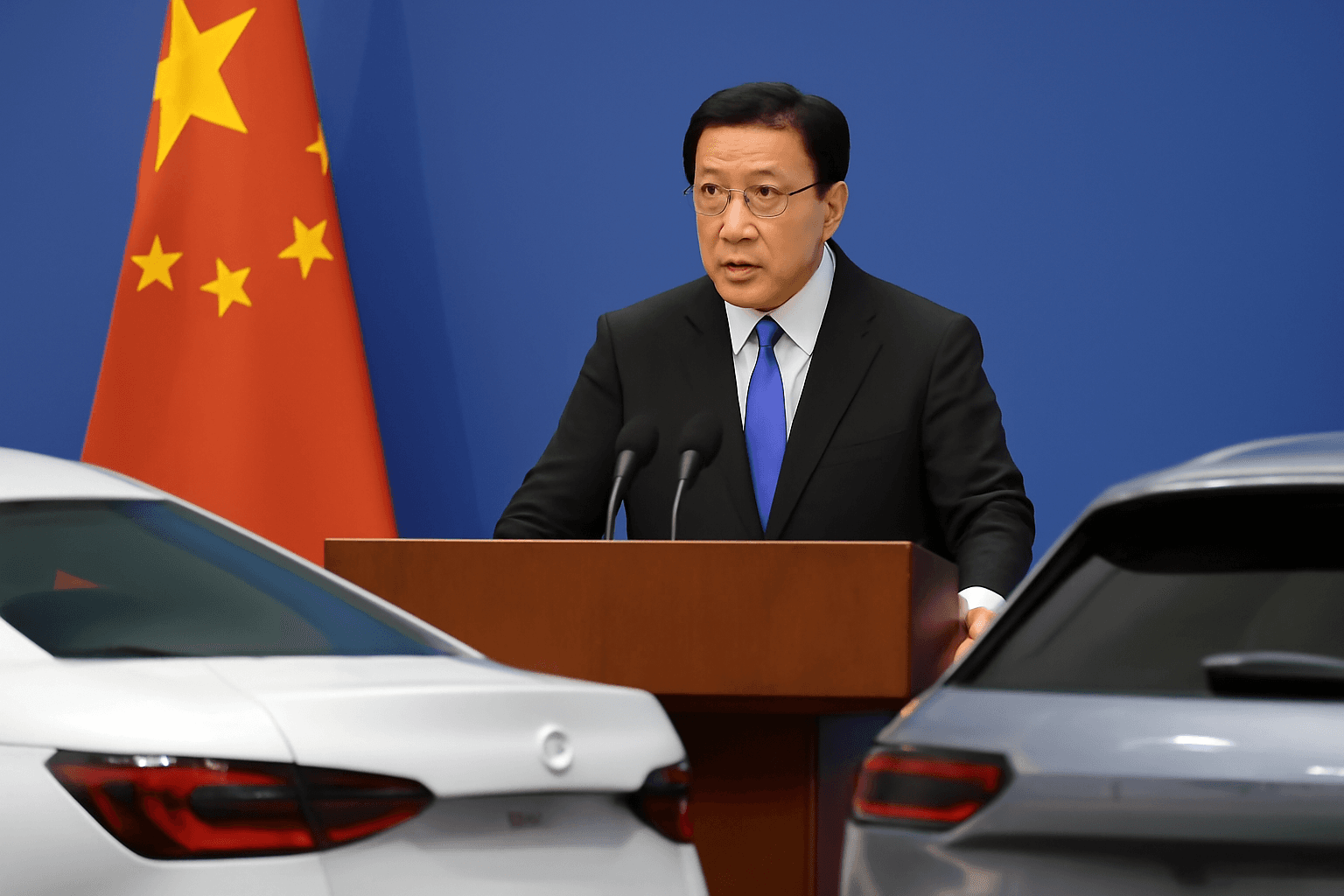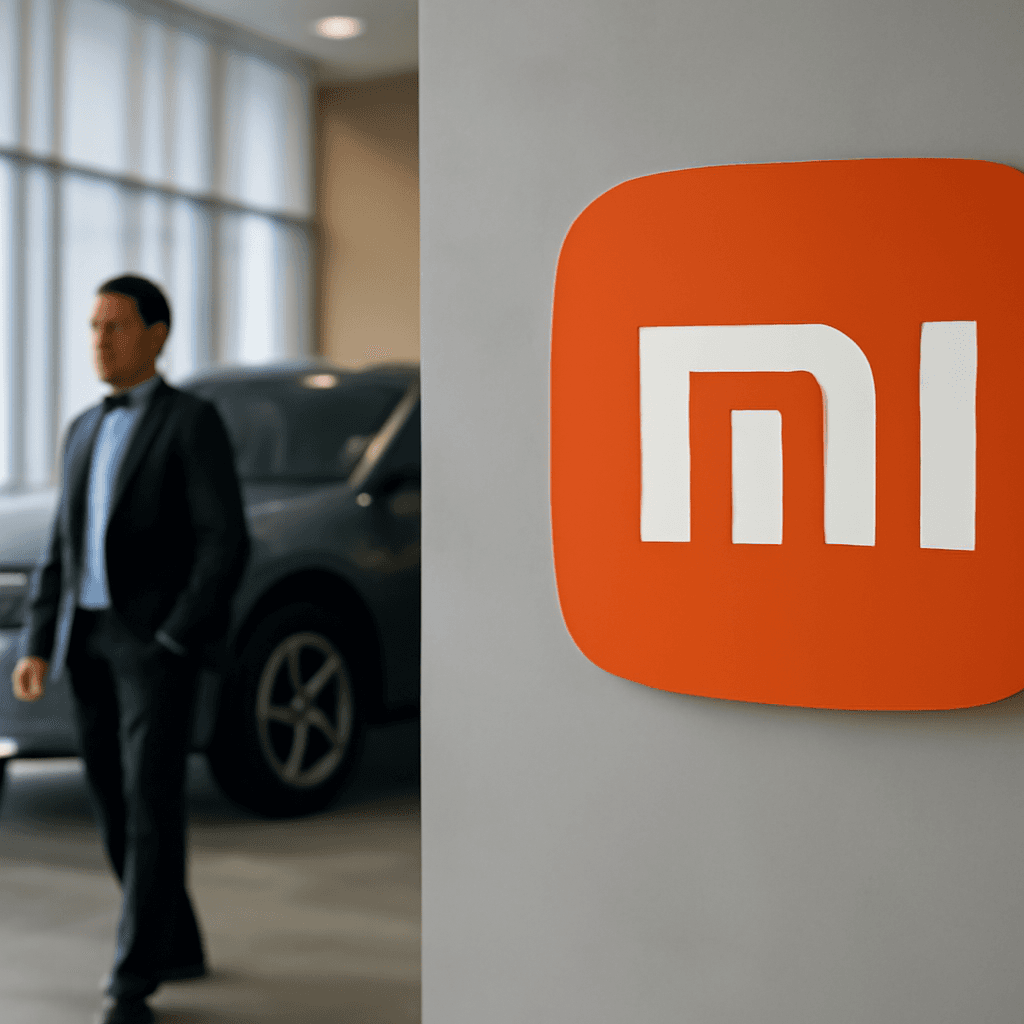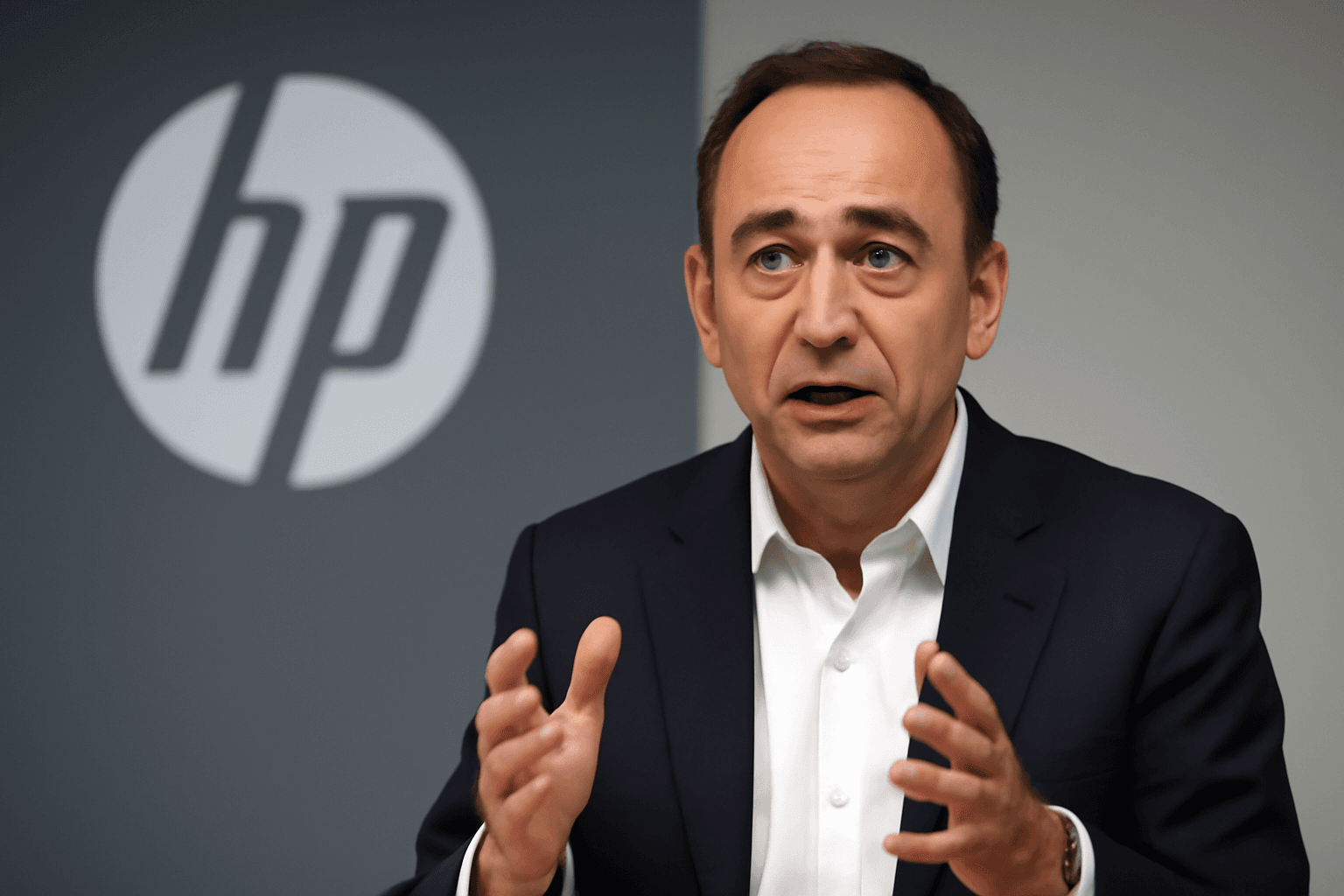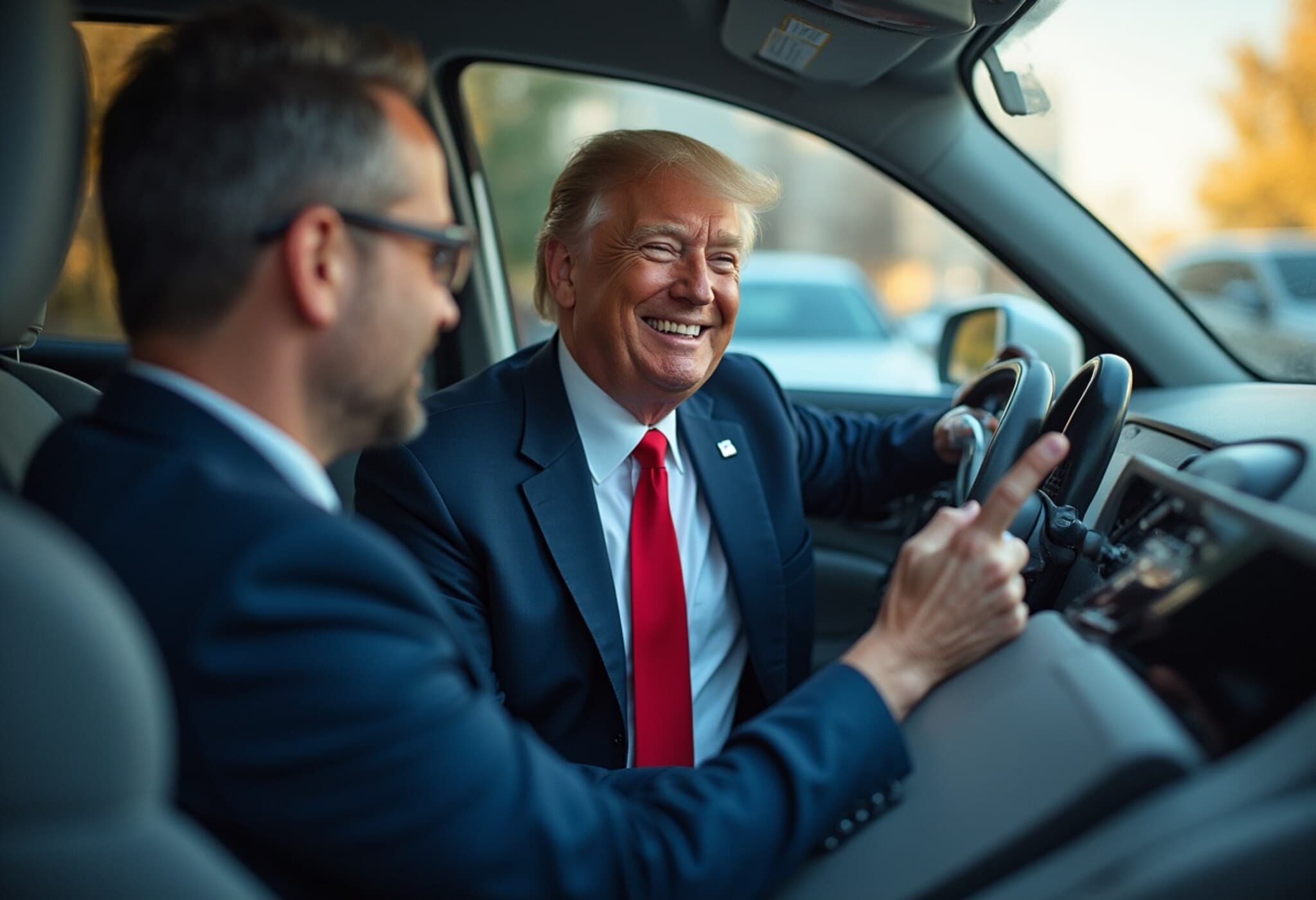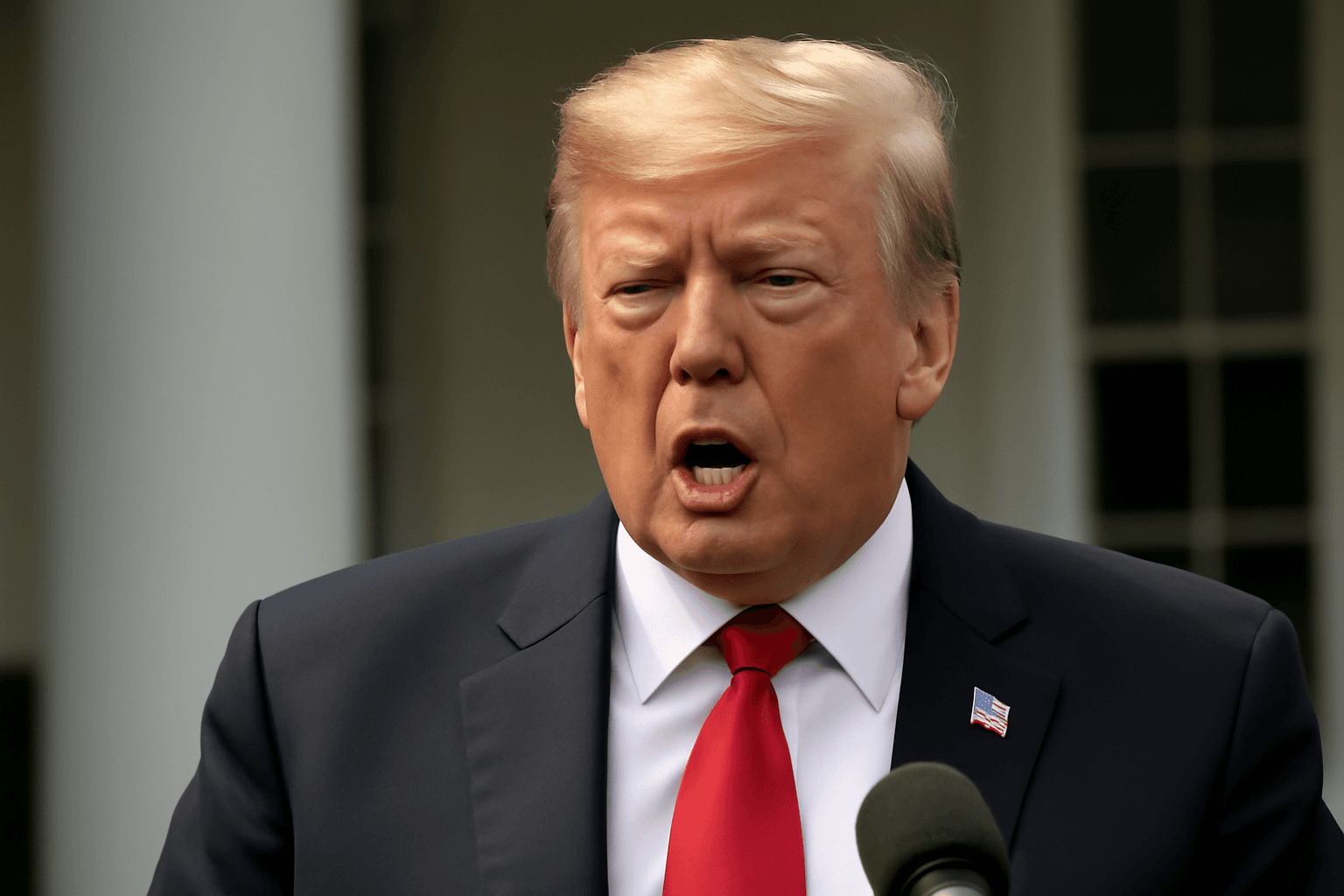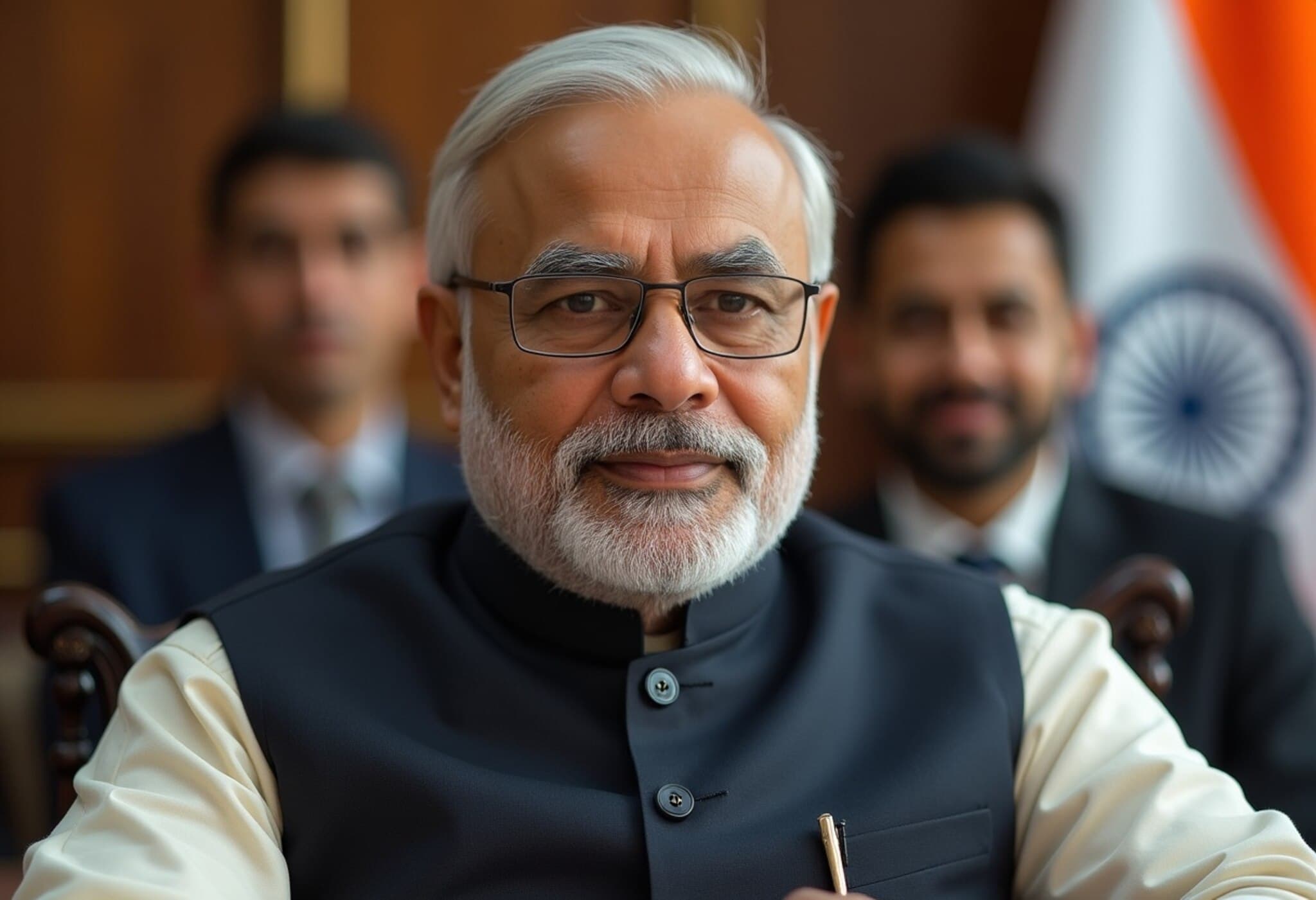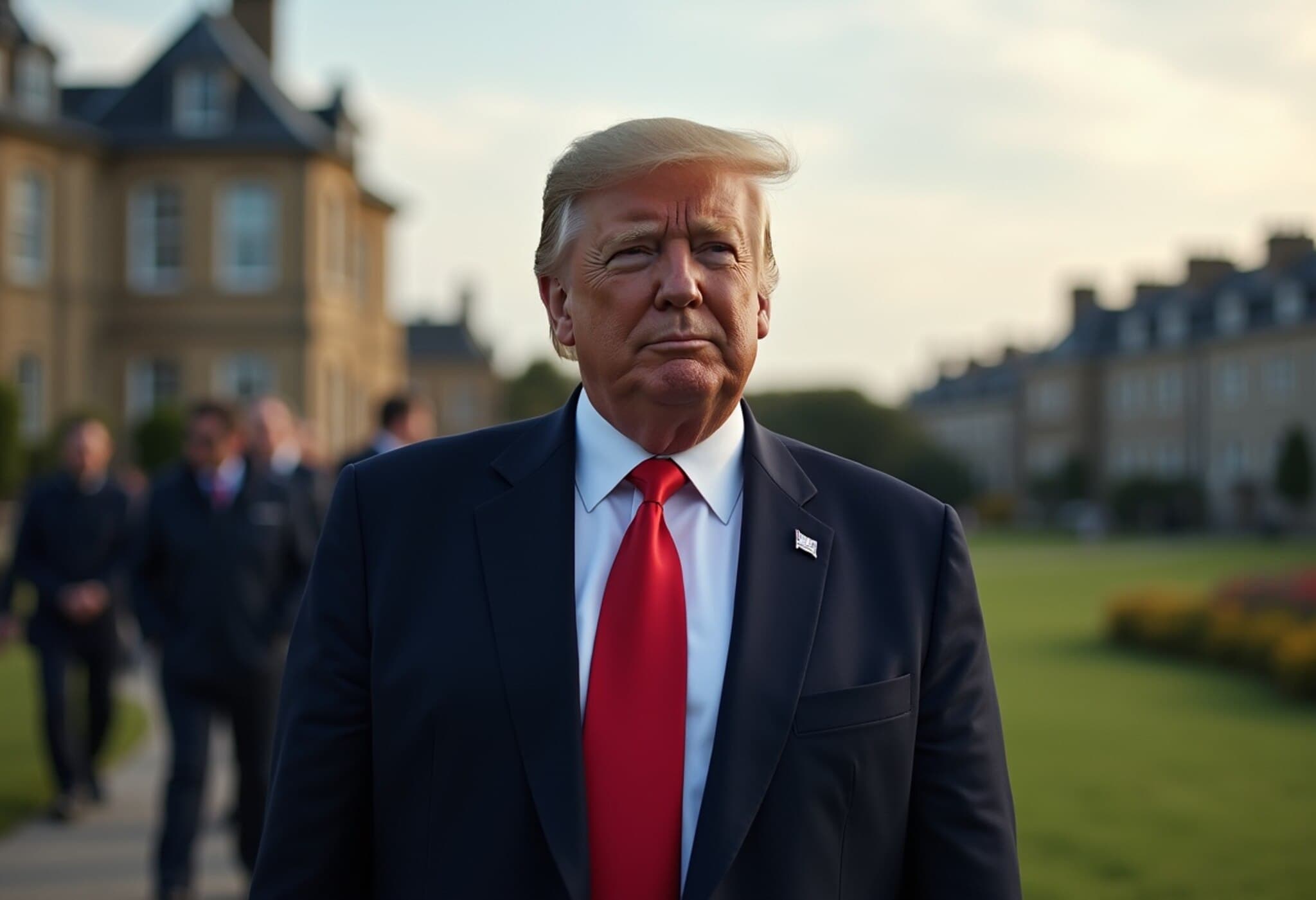Japanese Automakers Rally Amid U.S. Tariff Reduction
Shares of leading Japanese automakers climbed sharply following Japan Prime Minister Shigeru Ishiba's announcement that U.S. tariffs on Japanese vehicles have been lowered from 25% to 15%. This concession marks a significant shift in trade relations between the world’s largest auto markets and injects fresh optimism into Japan's vital automotive sector.
Stock Market Response: A Surge Across the Board
- Toyota shares jumped nearly 11%, reflecting investor confidence in improved export prospects.
- Honda saw an 8.4% increase, while Nissan rose over 7%.
- Mazda Motor and Mitsubishi Motors posted surges of more than 16% and 13%, respectively.
- South Korean automakers also benefited, with Hyundai rising over 6%, although Kia saw only minimal gains.
Understanding the Tariff Adjustment
Previously, the U.S. imposed a 25% tariff on imported Japanese vehicles as part of wider trade tensions. According to a translated report from Japan’s NHK broadcaster, the tariff reduction effectively halves the rate to 12.5% but adds a 2.5% 'Most Favored Nation' base tariff, totaling 15%. However, it remains unclear whether this reduced tariff will also apply to vehicles from other manufacturers beyond Japan.
Economic and Industry Implications
Auto exports represent a crucial pillar for Japan’s economy, accounting for 28.3% of Japanese shipments to the U.S. as of 2024. Despite this, recent export data reveals challenges ahead—Japan’s automobile exports experienced a steep 26.7% decline in June, following a 24.7% drop in May, signaling broader headwinds within the market.
Ed Rogers, CEO of Rogers Investment Advisors, emphasized that while the tariff reduction offers "very good news" for Japanese automakers in the short term, competition from rapidly advancing Chinese and South Korean carmakers looms large. The industry will need to navigate these geopolitical and competitive pressures carefully to maintain global market share.
Trade Deal Highlights and U.S.-Japan Relations
The tariff revision stems from an economic agreement announced by U.S. President Donald Trump on July 22, stating a "reciprocal" tariff deal at 15%. Trump also touted commitments from Japan to invest $550 billion into the U.S. economy and claimed that America will receive 90% of the profits from this collaboration. The deal reportedly opens Japan's market wider to U.S. goods such as automobiles, trucks, rice, and various agricultural products.
This development marks a noteworthy pivot in the ongoing trade dynamics between the two nations, underscoring efforts to balance trade and strengthen bilateral economic ties amid a shifting global trade landscape.
What Lies Ahead?
- Market watchers will closely monitor: how broadly the tariff reduction applies across manufacturers and product categories.
- The Japanese auto industry's ability to respond to intensified global competition and evolving consumer preferences, such as the rise of electric vehicles.
- The real impact of announced investment commitments on U.S. employment and industry growth.
Editor's Note
This tariff adjustment offers a glimpse of relief for Japanese automakers battered by trade barriers and a challenging global auto market. Yet, it raises critical questions about the balance of trade benefits, the scope of tariff reductions across global automakers, and the long-term sustainability of this newly brokered economic relationship. As both nations navigate this trade recalibration, stakeholders from policymakers to investors should watch for evolving trade terms, the strategic responses of automotive giants, and the broader impact on consumer markets.






